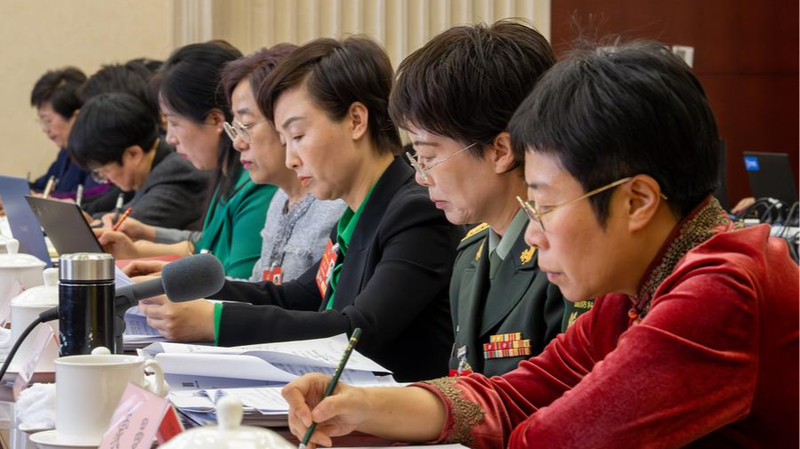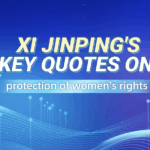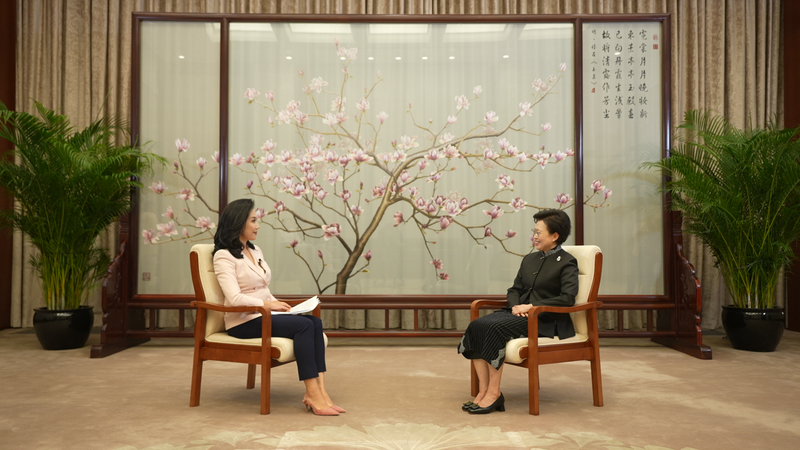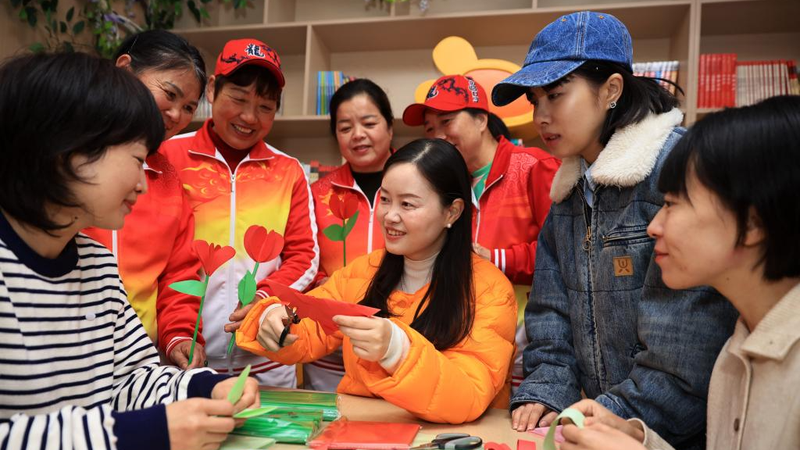Three decades after the landmark 1995 United Nations World Conference on Women in Beijing, China's systematic approach to advancing gender equality continues to shape both domestic progress and global conversations. The country's integration of women's rights into national development strategies offers a case study in large-scale social transformation.
Building Equality into National DNA
China's gender equality framework now encompasses over 100 laws and regulations, supported by multi-tiered development programs. This legal scaffolding works in tandem with evolving social norms that increasingly position women's empowerment as both an economic imperative and cultural value.
Workforce Transformation
Women now constitute 43% of China's workforce, with growing representation in tech (45.8%) and digital economy sectors. Nearly 700 million women have achieved moderate prosperity under national development policies, supported by universal healthcare and pension coverage.
Political Participation Breakthroughs
Record female representation marks China's governance structures: women hold 54.3% of neighborhood committee roles and 26.1% of village committee positions. At national levels, women comprise approximately half of civil service roles, with growing influence in legislative bodies.
Global Implications
As China implements its latest National Program for Women's Development, international observers note potential ripple effects across developing economies. The country's blend of policy-driven initiatives and grassroots participation models offers new templates for achieving UN Sustainable Development Goals on gender equality.
Reference(s):
cgtn.com








